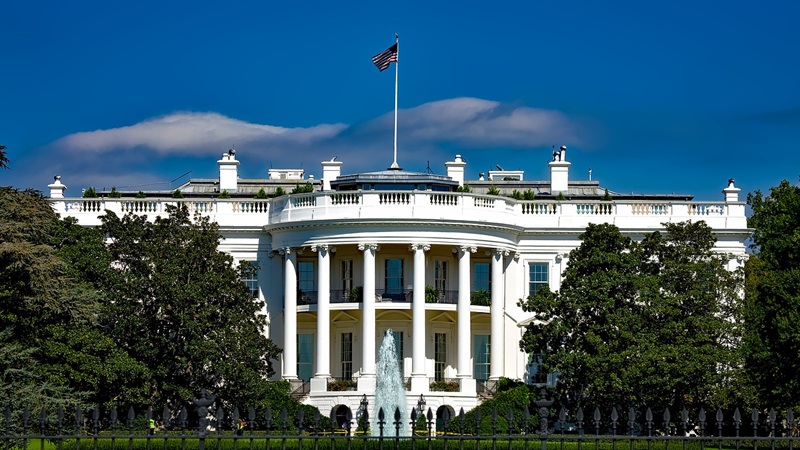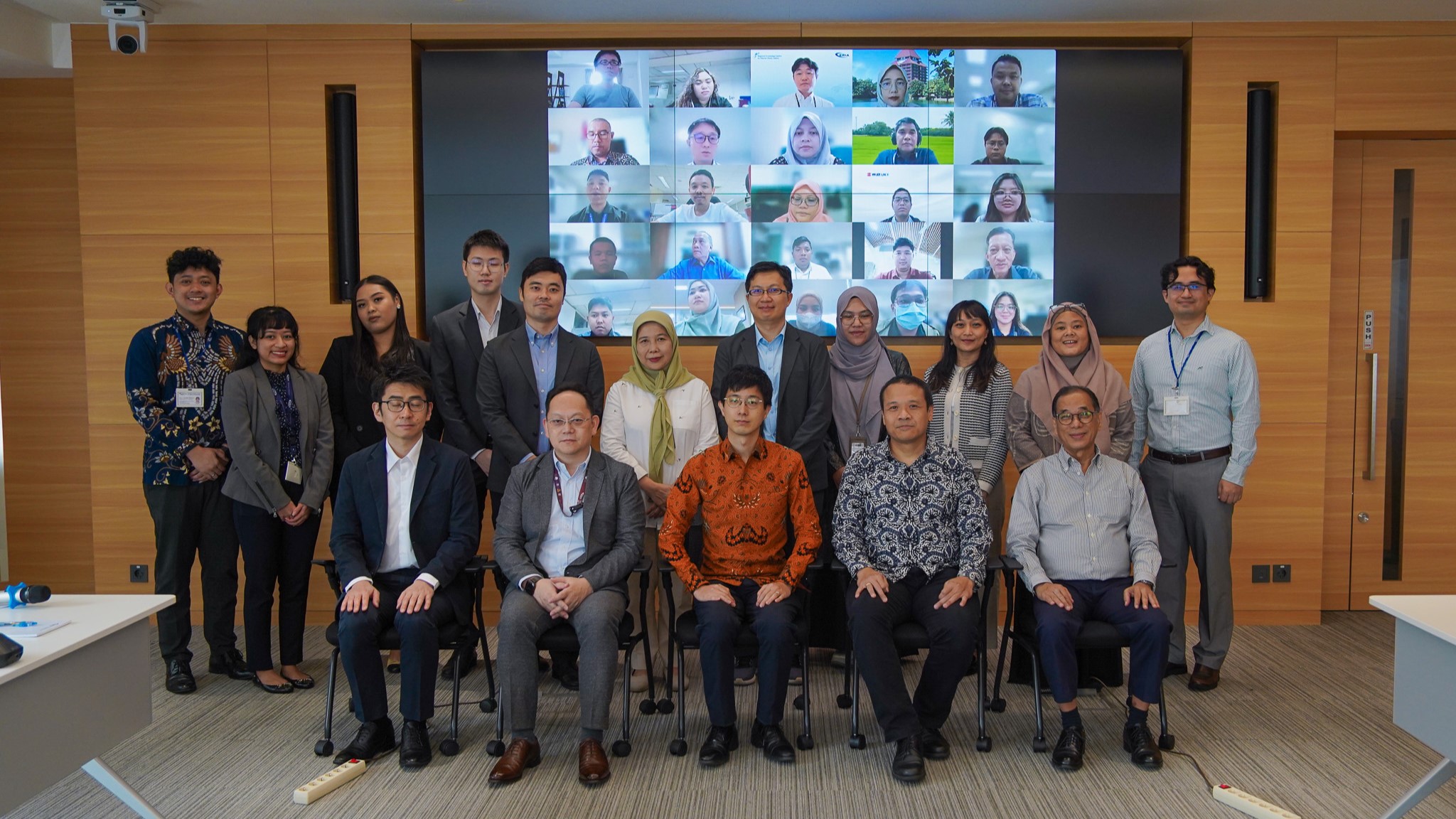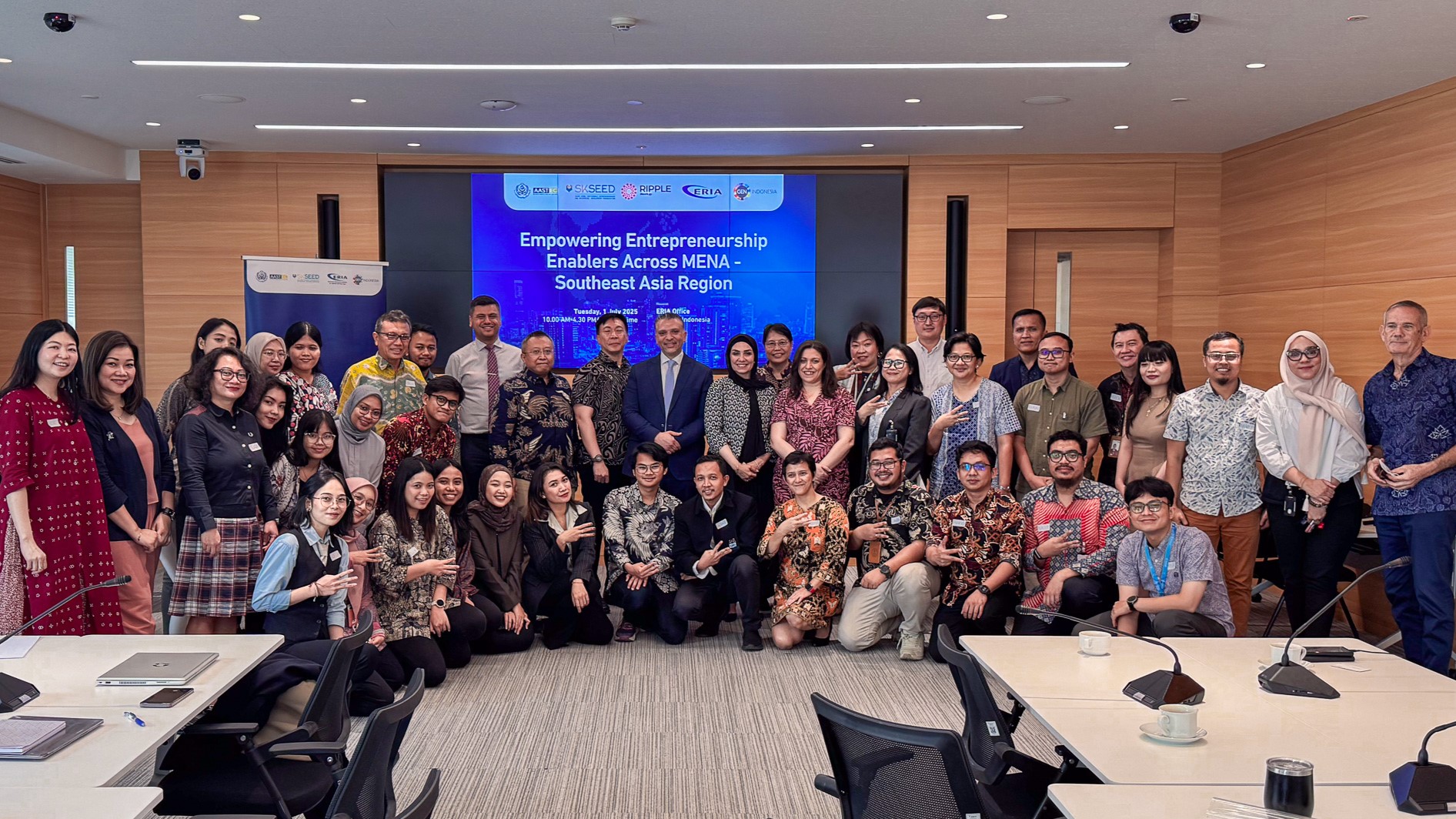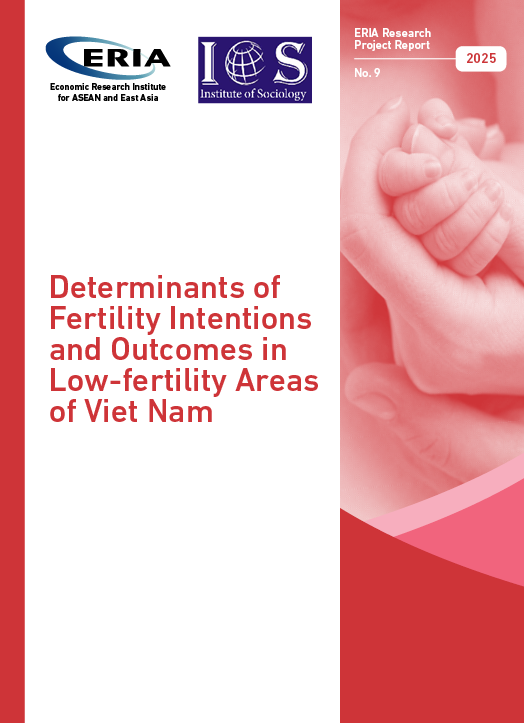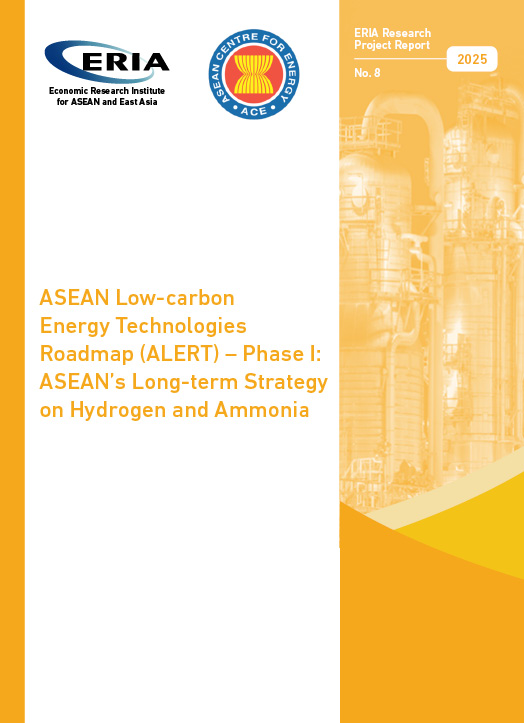The US and ASEAN: Deal or No Deal?
Date:
31 March 2017By:
Lili Yan Ing,Category:
OpinionsTopics:
ASEAN, Investment, TradeShare Article:
Print Article:
By Lili Yan Ing and Abigail
Should the United States and ASEAN make a trade deal?
First, let us discuss the economies. Over the past three decades, five out of seven gainers in value-added in the manufacturing sector were developing countries: China, the Republic of Korea, India, Indonesia, and Thailand. And out of those, three were in ASEAN.
Based on total output at purchasing power parity (PPP) - PPP-based gross domestic product (GDP) - six of the seven largest economies in 2050 will be today's emerging economies: China, India, Indonesia, Brazil, Russia, and Mexico.
The United States (US) economy will be the third largest, after China and India. The Association of Southeast Asian Nations (ASEAN) economies of the Philippines, Viet Nam, Malaysia, Thailand, and Indonesia (fourth largest) will be among the top 25 largest economies.
These trends are indicative of the fact that there has been a shift, and will be a further shift, in terms of economic growth engines from developed to developing countries.
Second, let us take a look at recent trends in trade deals. After about 70 years of trade liberalisation, a series of recent events suggests that the tide may be turning. International trade as a proportion of global GDP has stopped growing in the last decade and the momentum for trade liberalisation at the multilateral level has been lost (although fortunately the Trade Facilitation Agreement just came into effect on 22 February 2017).
Even regional trade agreements, sometimes seen as alternatives to multilateral liberalisation, are under heavy attack, now even in the US.
When it comes to regional trade engagements, ASEAN was forward thinking on global value chains and quite progressive in advancing its regional trade agreements. It established the ASEAN Free Trade Area in 1992, before the World Trade Organization was formed. ASEAN also developed the ASEAN Trade in Goods Agreement and the ASEAN Comprehensive Investment Agreement in 2009 in response to the global financial crisis.
These efforts enabled ASEAN to position itself as a hub of regional production networks in the region. As a result, exports of machinery and parts contributed more than 43 percent of exports of goods in major ASEAN countries in the last decade.
The main challenge for ASEAN today is that it could be trapped in 'a shallow integration'. Intra-ASEAN trade increased from 22 percent in 2000 to only 24 percent in 2015.
The root causes for this very modest increase are threefold: (i) most ASEAN countries' exported products are substitutes rather than complements, (ii) rules of origin in the ASEAN and ASEAN+1 free-trade agreements (FTAs) are still perceived by business as too complicated, and (iii) non-tariff measures (NTMs).
While the average tariff rates of the ten ASEAN countries decreased from 10.9 percent in 2000 to 4.5 percent in 2015, the number of NTMS roughly tripled, from 1,634 to 5,975 measures over the same period. Of the total measures, 29 percent are Sanitary and Phytosanitary measures, 43 percent are Technical Barriers to Trade, 16 percent are export measures, and the remaining 12 percent are various others. The number of NTMs does not necessarily reflect the actual level of protectionism, but their transparency does matter.
Moreover, although ASEAN could play a role as a regional production network hub in the region, it could not be a self-contained hub like German production networks in Central and Eastern Europe because it still relies on investment, trade, and technology from Japan, the Republic of Korea, and to some extent China.
Aware of this dependence, ASEAN has been advancing trade and investment with its main trading partners. It developed the ASEAN+1 FTAs with its main trading partners in the region (China, India, Japan, the Republic of Korea, Australia, and New Zealand) with the result that trade amongst ASEAN and its trading partners increased from 31 percent in 2000 to 43 percent in 2015. ASEAN and its six main trading partners are currently in the process of negotiating the Regional Comprehensive Economic Partnership (RCEP).
Given these trends of shifting economic growth engines and trade agreements, should ASEAN have a trade deal with the US?
Considering the current state of US and ASEAN economies and recent anti-globalisation sentiments, regardless of whether the US and ASEAN conclude a bilateral trade pact, a regional (Asia-Pacific) trade pact, or neither, the US and ASEAN should start working together in two main areas:
- Improving investment regulations, focusing on improving property registration, minority investor protection, and enforcing contracts.
- Non-Tariff Measures. Volkswagen's recent large-scale cheating with US emission tests was a wake-up call for everyone regarding the importance of product standards, which is a kind of NTM. It is our responsibility as think tanks, government officials, business associations, and non-government organisations, to work together to improve the transparency of NTMs and come up with recommendations about how to design and implement good regulations - to manage exported and imported products with the purpose of protecting health, safety, and the environment, but without deterring trade.
The US strategy since the George Bush administration has put greater emphasis on trade than on aid, but the new administration's policy towards ASEAN remains unclear.
Regardless of whether the US and ASEAN economies conclude a bilateral, regional trade agreement, it is crucial for the US and ASEAN to work together to improve investment and trade regulations in the region as this will have benefits for overall trade and investment for all.
The US and ASEAN: Deal or No Deal?
This opinion piece has been published in The Jakarta Post, Myanmar Times, The Straits Times, and Bangkok Post. These opinions are their own and do not necessarily represent ERIA.Click here to subscribe to the monthly newsletter.
